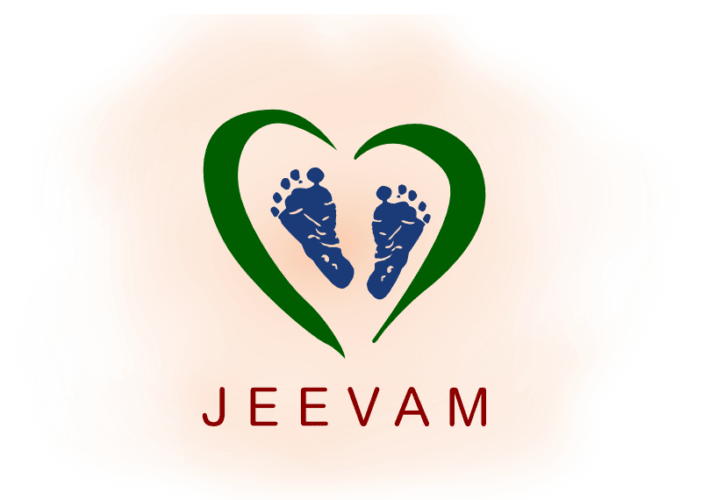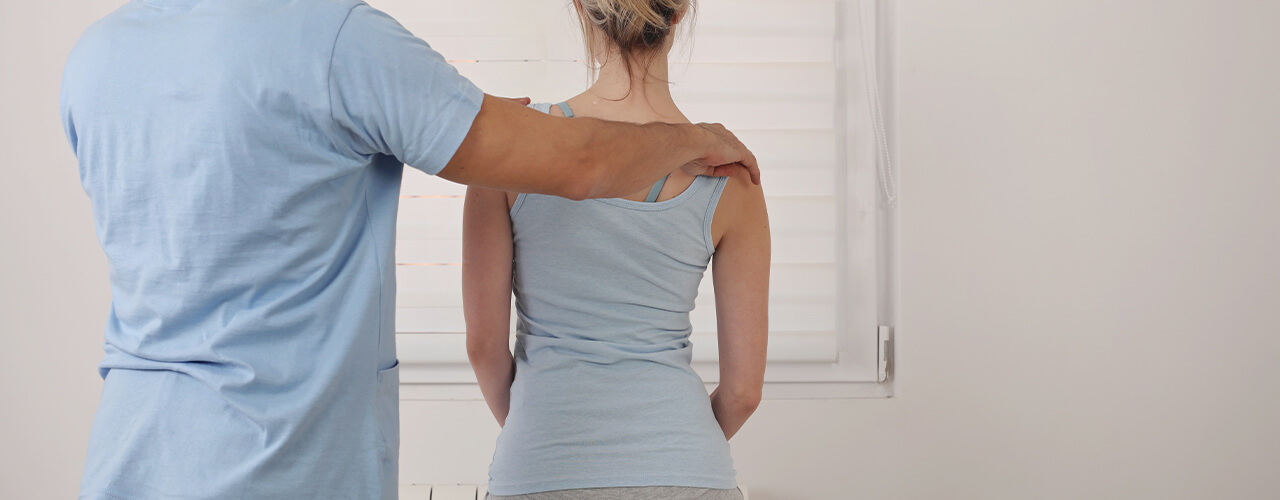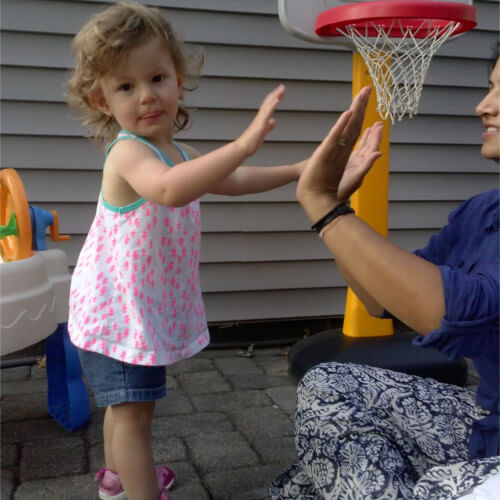Scoliosis
Scoliosis, or curvature of the spine, often occurs when children are just entering puberty, which is a stressful enough time without also having to deal with a physical limitation. The cause is not always known, although rarer forms are connected to neuromuscular origins, muscular dystrophy or cerebral palsy. Yet through a range of treatments, including scoliosis specific physical therapy.
What are warning signs of scoliosis?
In general, a lack of alignment in the upper body may indicate that a child has scoliosis. Specifically, if one hip and/or one shoulder looks higher than the other, or one shoulder blade seems to be more easily discernible than the other, scoliosis may be a factor.
In more advanced cases, back pain, a pronounced curve in the spine, or ribs that are noticeably more prominent on one side, can be a scoliosis indicator. Difficulty in breathing may occur, as your ribs press against one or both lungs.
What are the common treatments for scoliosis?
Children with moderate and severe cases of scoliosis will often need more intervention than physical therapy alone. Bracing is common for moderate scoliosis.
In mild cases, however, physical therapy may be enough. PT can additionally augment more aggressive treatment for moderate and severe cases.
How does physical therapy help scoliosis?
Our Edison and Paramus, NJ physical therapist can help you retrain your body to function more effectively with your particular alignment issues. In addition, physical therapy increases your range of motion, as well as builds strength in parts of your body which have been weakened through misalignment.
Physical therapy is also useful for scoliosis patients who have muscles and joints which have stiffened over time. Through massage therapy, your physical therapist will ease this tension, while redirecting movement.
It’s never too late to begin physical therapy. Request an appointment at Jeevam Therapy in Edison and Paramus, NJ to begin your treatment.



